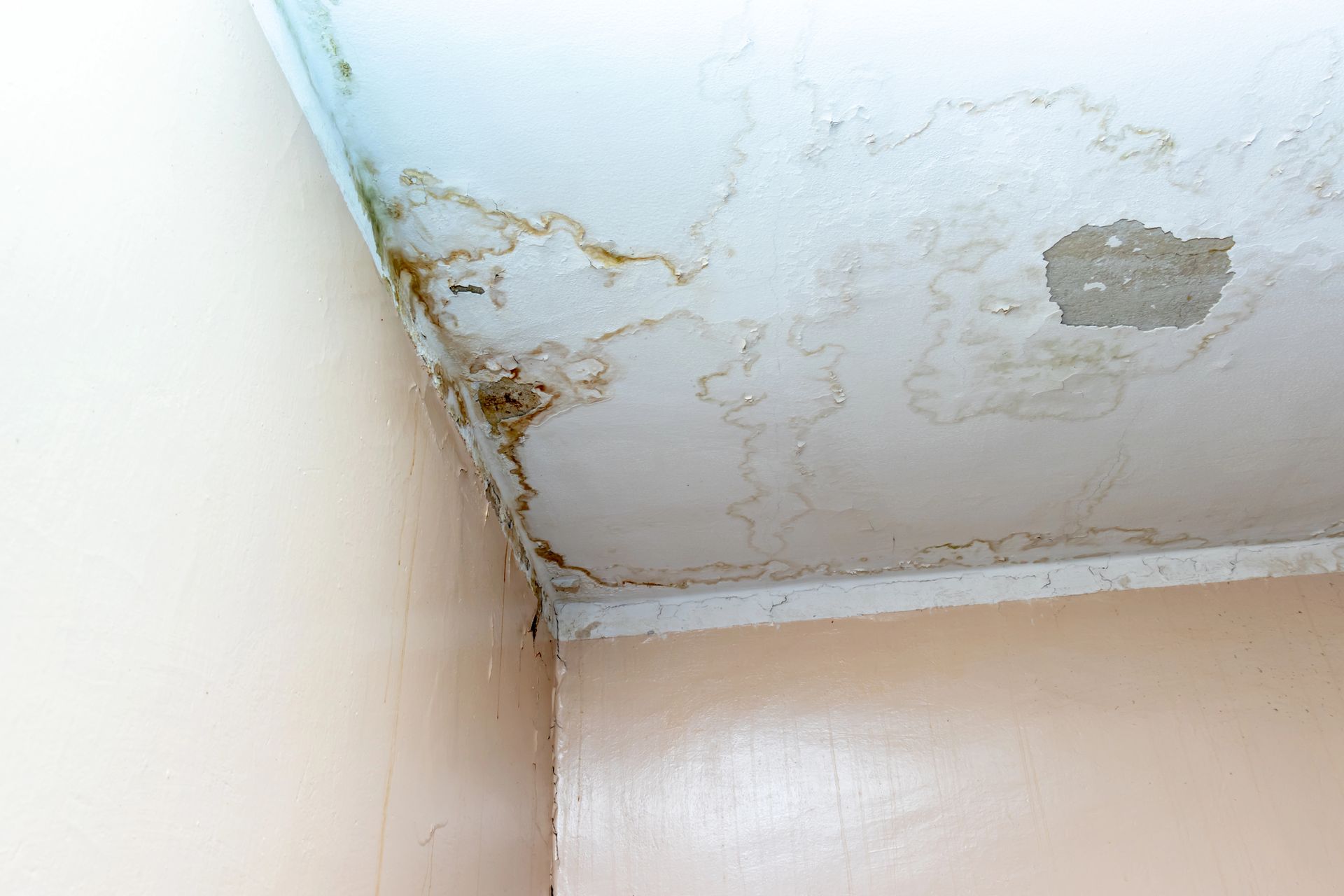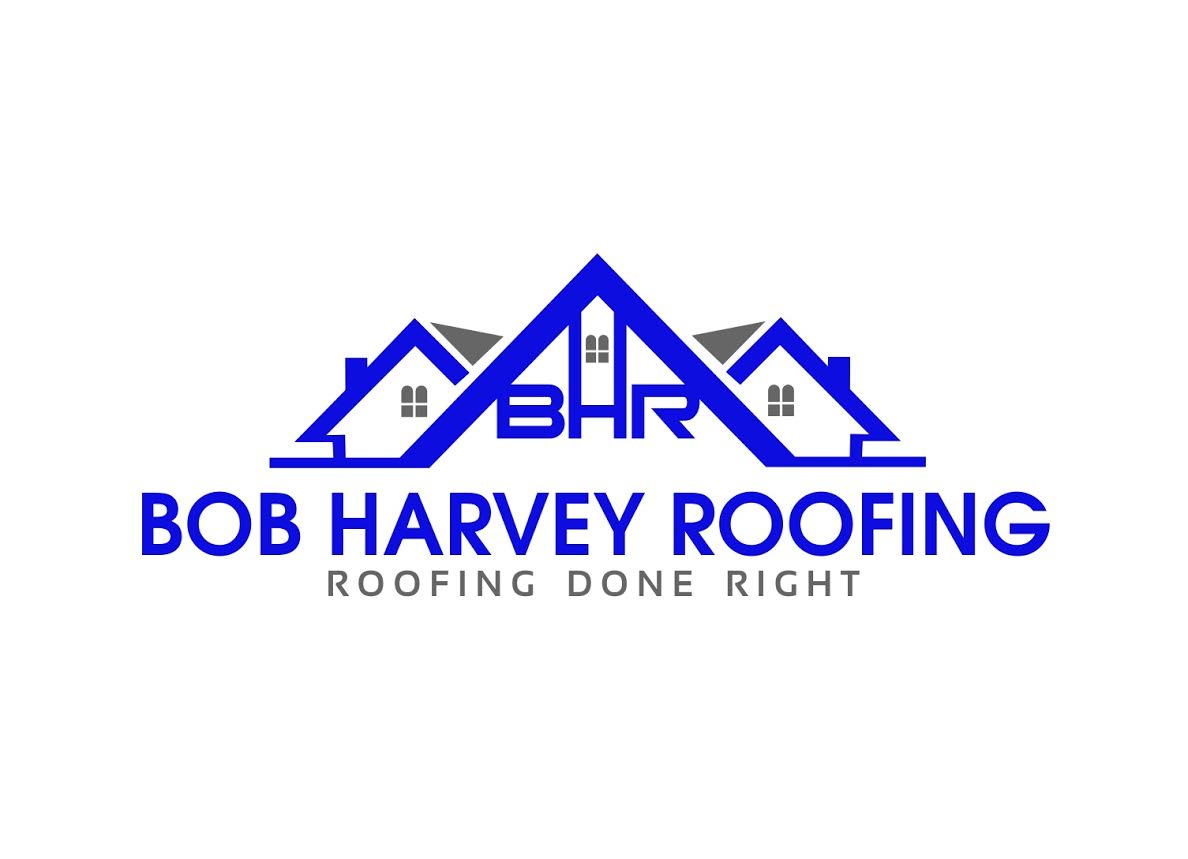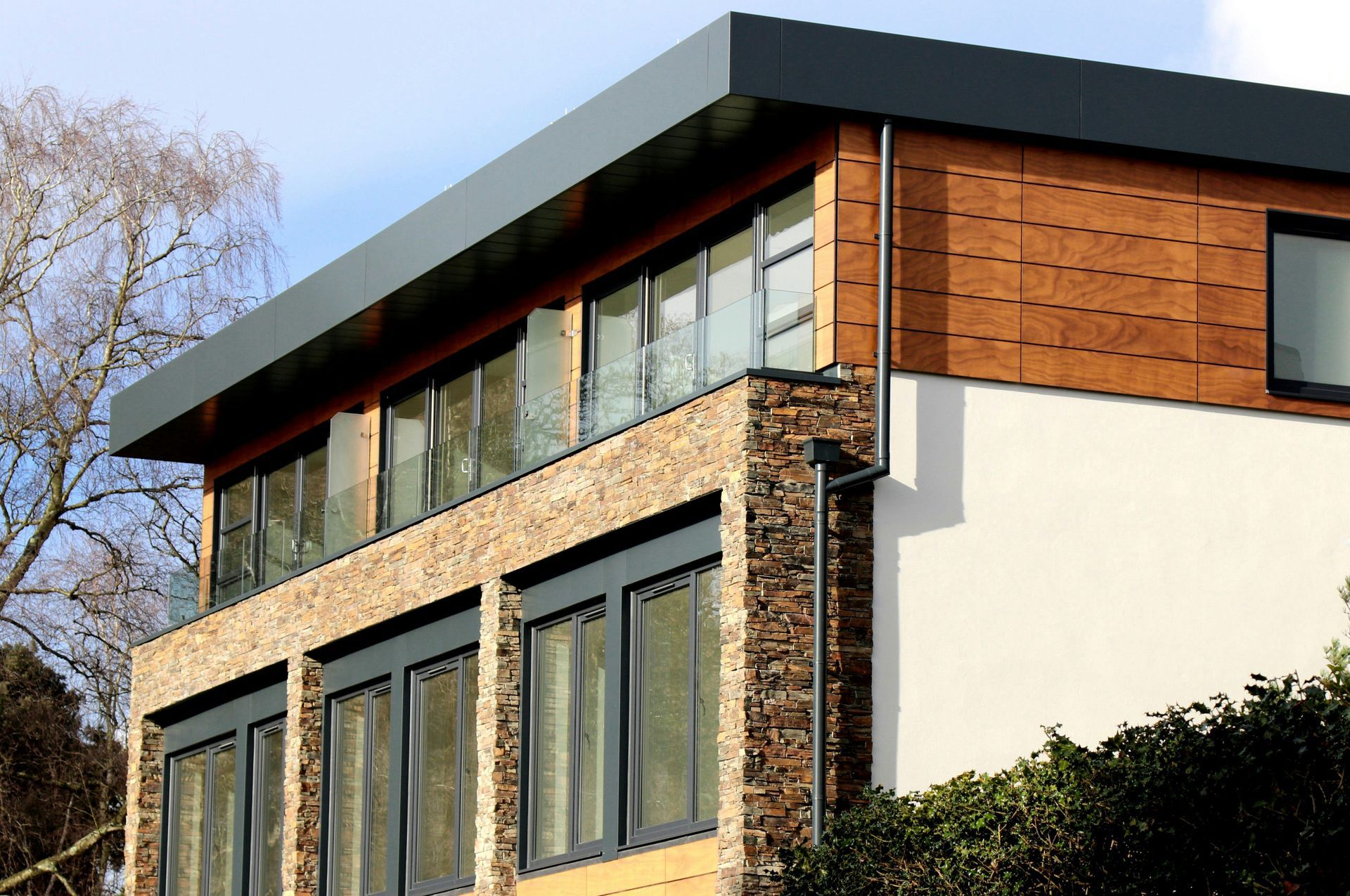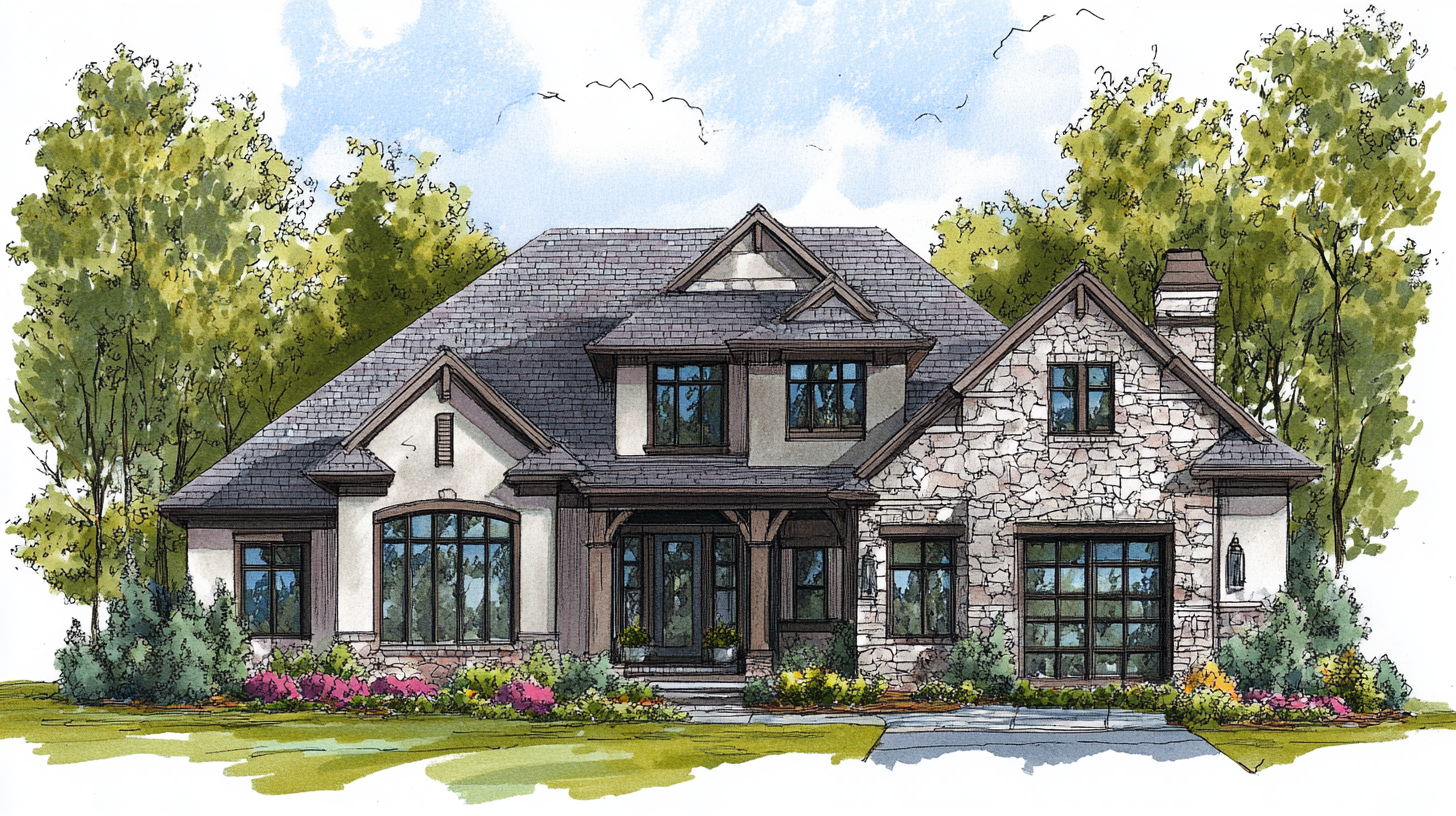
Protecting your Home with Routine Maintenance
Michael Naylor • September 12, 2024
Utah Homeowners: Protecting Your Home with Routine Maintenance

Owning a home in Utah is more than just having a place to live; it's a big investment and a safe space for your family. With weather patterns becoming more unpredictable, it's important to keep up with home maintenance. The Hanover's 2024 Home Maintenance Report shows that many homeowners, including those in Utah, aren't doing enough to prevent costly damage. Let's look at some key points from the report and how you can keep your Utah home in good shape.
Why Home Maintenance Matters
Home maintenance isn't just about keeping things looking nice; it's about safety and protecting your property's value. The report points out that as property claims costs go up, homeowners need to take an active role in protecting their homes. Staying on top of maintenance can help you avoid issues that lead to expensive repairs and keep your home safe.
Routine Maintenance: The Basics
The report found that many homeowners skip simple but important maintenance tasks. For example, 44% of homeowners didn't clean their dryer vents, and 56% didn't change smoke detector batteries last year. These are easy tasks that can reduce the risk of fire, especially in Utah, where dry conditions can increase fire hazards.
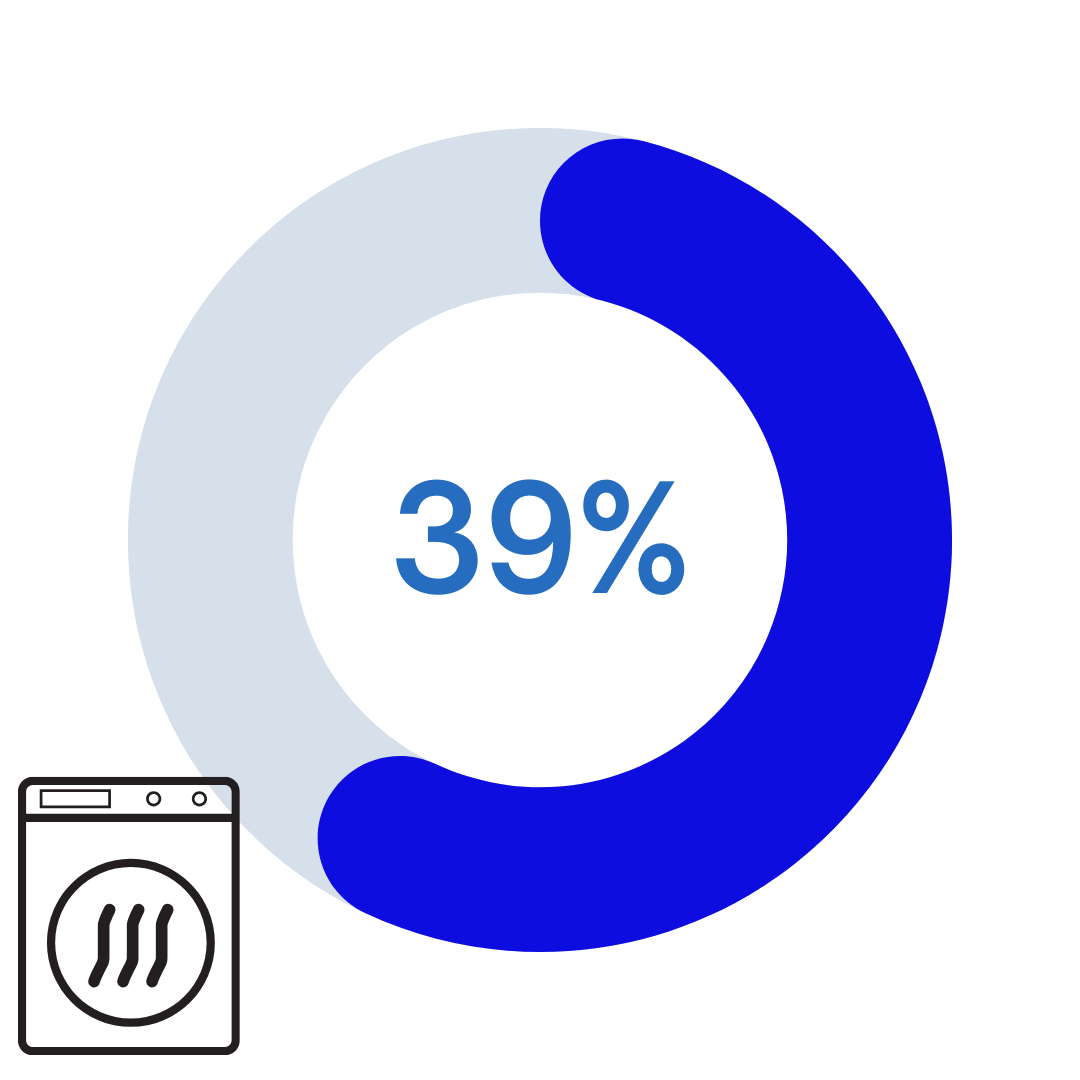
39% do not clean their dryer vents
Dryer Vents and Smoke Detectors: Clean your dryer vents every season to prevent lint buildup, which can cause fires. Test your smoke detectors twice a year and replace the batteries as needed. These small steps can make a big difference in keeping your home safe.
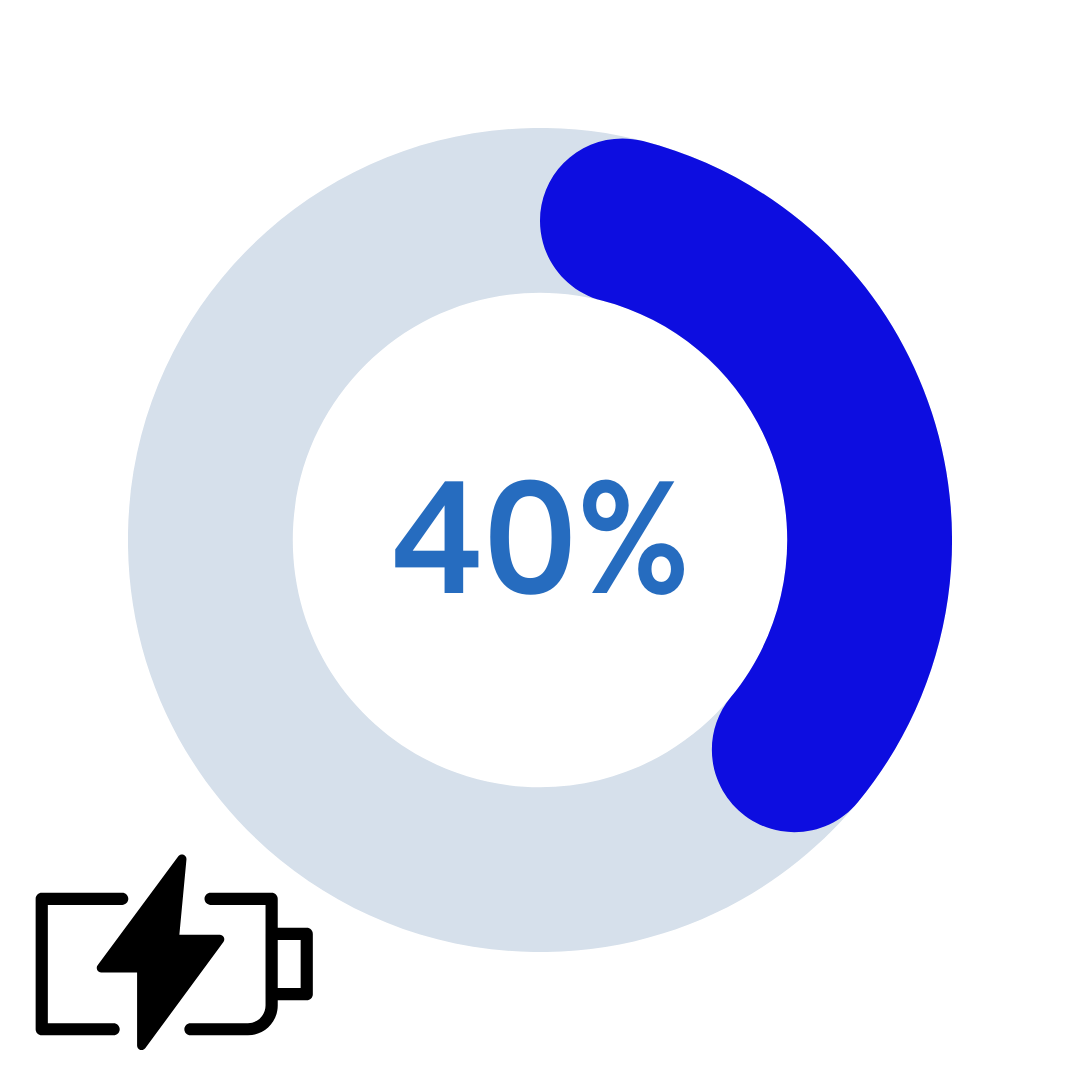
40% don't check their smoke detector batteries
HVAC Systems and Water Heaters: The report also noted that many homeowners didn't check their HVAC systems or water heaters. These are important for comfort and efficiency, especially during Utah's cold winters and hot summers. Check HVAC filters every month and change them each season. Look at your water heater for signs of leaks or rust at least twice a year. This can help you find problems before they get worse.

61% do not inspect their water heater
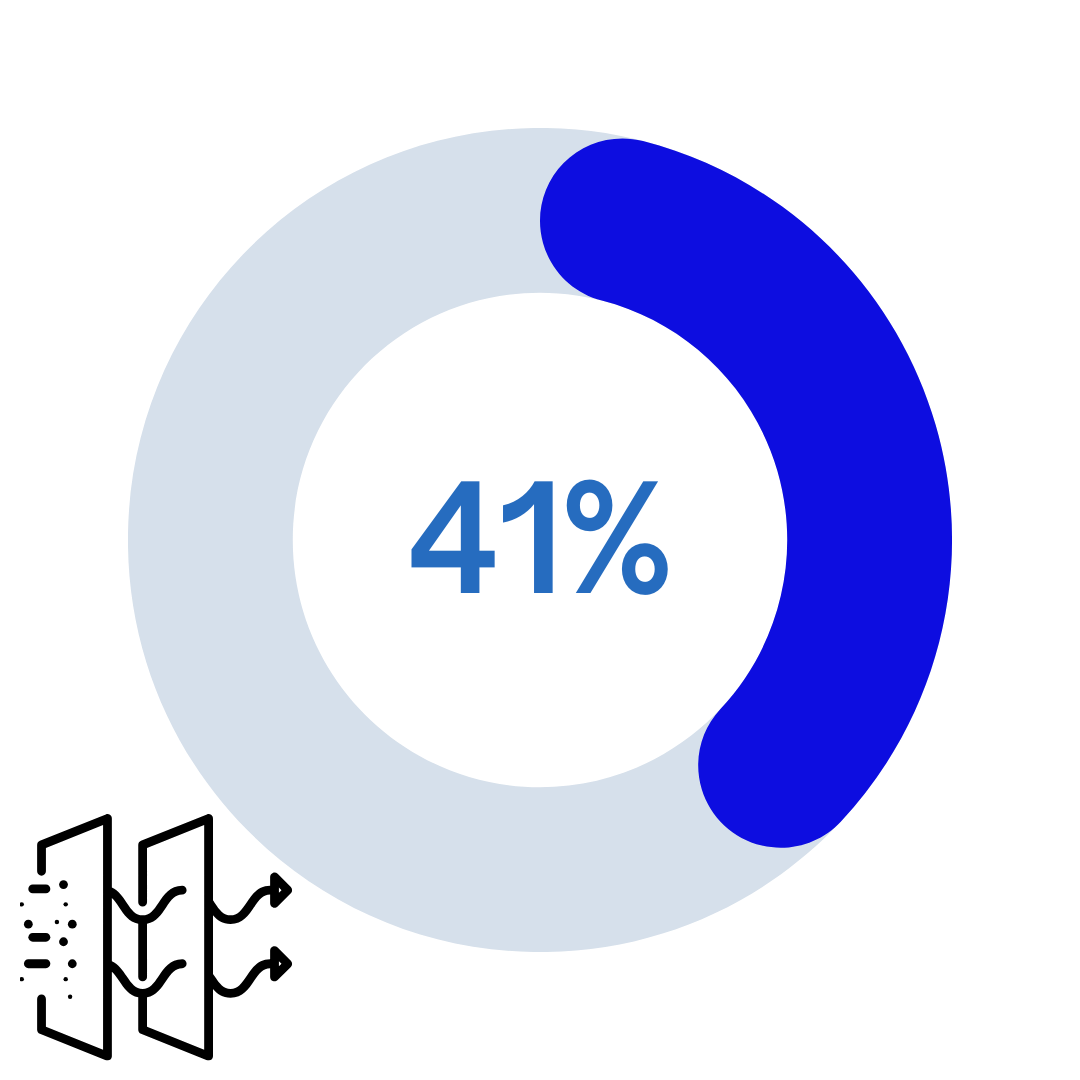
41% do not change their HVAC filters
Roof Maintenance: Protecting Your Home from the Top Down
Taking care of your roof is crucial, especially in Utah's extreme weather. The state's climate varies from heavy snow in winter to intense heat in summer, which can affect your roof's lifespan and condition. Different roofing materials are common in Utah, and each has specific needs.
Asphalt Shingles: These are the most popular because they're affordable and durable. However, they can be damaged by UV rays and temperature changes. Look for curling, cracking, or missing shingles, especially after bad weather. Regular inspections and replacing damaged shingles can prevent leaks and water damage.
Metal Roofs: Known for their long life and resistance to harsh weather, metal roofs are great for snowy areas since they shed snow easily. However, they can rust if not coated properly. Check for rust spots, loose fasteners, and worn sealant. Keeping the roof clean and fixing small issues can extend its life.
Tile Roofs: Made from clay or concrete, these roofs are durable and provide good insulation. They're popular in warmer parts of Utah because they handle heat well. But tile roofs can be heavy and need strong support. Replace cracked or broken tiles quickly to prevent water leaks that can lead to mold and damage.
Flat Roofs: Less common in homes, these roofs need careful maintenance to prevent water pooling, which can cause leaks. Regularly check for cracks, blisters, and debris buildup to keep the roof in good shape.
How Old is your Roof?

In Utah, it's crucial to maintain your roof promptly. The state has varied weather, and a well-maintained roof is your first defense against it. Look for damage signs like missing shingles, rust, cracks, or moss. Fixing these problems early can save you from expensive repairs and extend your roof's life. Regular inspections, especially after big storms, can help you catch problems early and protect your home.
Age of Home Features
The report also talks about the age of different home features like windows, electrical systems, water heaters, and HVAC systems. In Utah, many homes have features that are getting old, which can lead to problems like water damage or inefficiency.
Windows: They should last 20-40 years and are crucial for energy efficiency and security. If your windows are old or damaged, consider replacing them to lower energy costs and improve comfort.
HVAC Systems: These usually last 10-15 years. Regular maintenance can extend their life, but if they're old, it might be time to upgrade. New systems are more efficient and can reduce your energy bills.
Electrical Systems and Water Heaters: Electrical systems last 25-40 years, and water heaters last about 8-12 years. Regular checks and prompt replacements are essential to avoid safety hazards and ensure reliable service.
Taking Control of Your Home's Safety: Actionable Steps for Utah Homeowners
As a homeowner, it's important to take charge of your home's safety and upkeep. Here are some practical steps to help you stay on top of maintenance, find reliable help, and budget for repairs and upgrades.
Create a Seasonal Maintenance Checklist:
A seasonal maintenance checklist can help you keep your home in good condition. Here are some tasks for each season:
· Spring: Clean gutters and downspouts, check for roof damage, inspect the exterior for cracks or signs of wear, and service the HVAC system.
· Summer: Trim trees and bushes away from the house, check windows and doors for drafts, clean the dryer vent, and inspect the deck or patio for damage.
· Fall: Clean gutters, check the roof for damage, inspect the furnace, replace filters, and prepare the plumbing for cold weather.
· Winter: Check for ice dams on the roof, check for drafts around doors and windows, and inspect insulation in the attic and crawl spaces.
Following this checklist can help you prevent major problems.
Finding Reliable Contractors and Service Providers:
Finding good contractors and service providers is crucial for home maintenance. Here are some tips:
· Research and Reviews: Look up local contractors and read online reviews. Websites like Angie's List, Yelp, and the Better Business Bureau can help you understand a company's reputation.
· Ask for Recommendations: Ask friends, family, or neighbors who have recently done similar projects. Personal recommendations are often trustworthy.
· Get Multiple Quotes: Get quotes from at least three contractors to compare prices and services. Be careful of bids that seem too low; they might show poor work or hidden costs.
· Check Licenses and Insurance: Make sure the contractor is licensed and insured. This protects you from liability in case of accidents or damage during the project.
· Ask for References: Ask for references from past clients and follow up with them to learn about their experience.
Budgeting for Home Maintenance and Upgrades:
Proper budgeting is essential for managing maintenance costs. Here are some tips:
· Set Aside a Maintenance Fund: Aim to save 1% to 3% of your home's purchase price each year for maintenance and repairs. For example, if your home is worth $300,000, save $3,000 to $9,000 annually. (How Much does it Cost to Replace a Roof?)
· Prioritize Upgrades: Focus on important upgrades that improve safety and efficiency, like replacing old windows, updating electrical systems, or installing energy-efficient appliances. Prioritize projects that offer the best return on investment.
· Plan for Emergencies: Unexpected issues like a leaking roof or a broken water heater can happen. An emergency fund can help cover these costs without financial stress.
· Consider Financing Options: If you need to finance a major repair or upgrade, look into home equity loans, personal loans, or contractor financing. Compare interest rates and terms to find the best deal.
By following these steps, you can take control of your home's safety and keep it in great condition. Regular maintenance, careful planning, and working with reliable professionals are key to protecting your home and investment.
Let’s Wrap it Up
Routine maintenance is a part of homeownership, especially in a state like Utah, where weather can be extreme. The Hanover's 2024 Home Maintenance Report emphasizes the importance of staying proactive and working with knowledgeable professionals to protect your home. By taking these steps, you can ensure your home stays a safe and comfortable place for years to come.
Remember, your home is one of your most valuable assets. Taking care of it not only preserves its value but also gives you peace of mind. So, take some time to review your maintenance checklist and schedule those overdue tasks. Your future self will thank you!
Does your roof look a little shabby? Call Bob Harvey Roofing today to get a free inspection!








